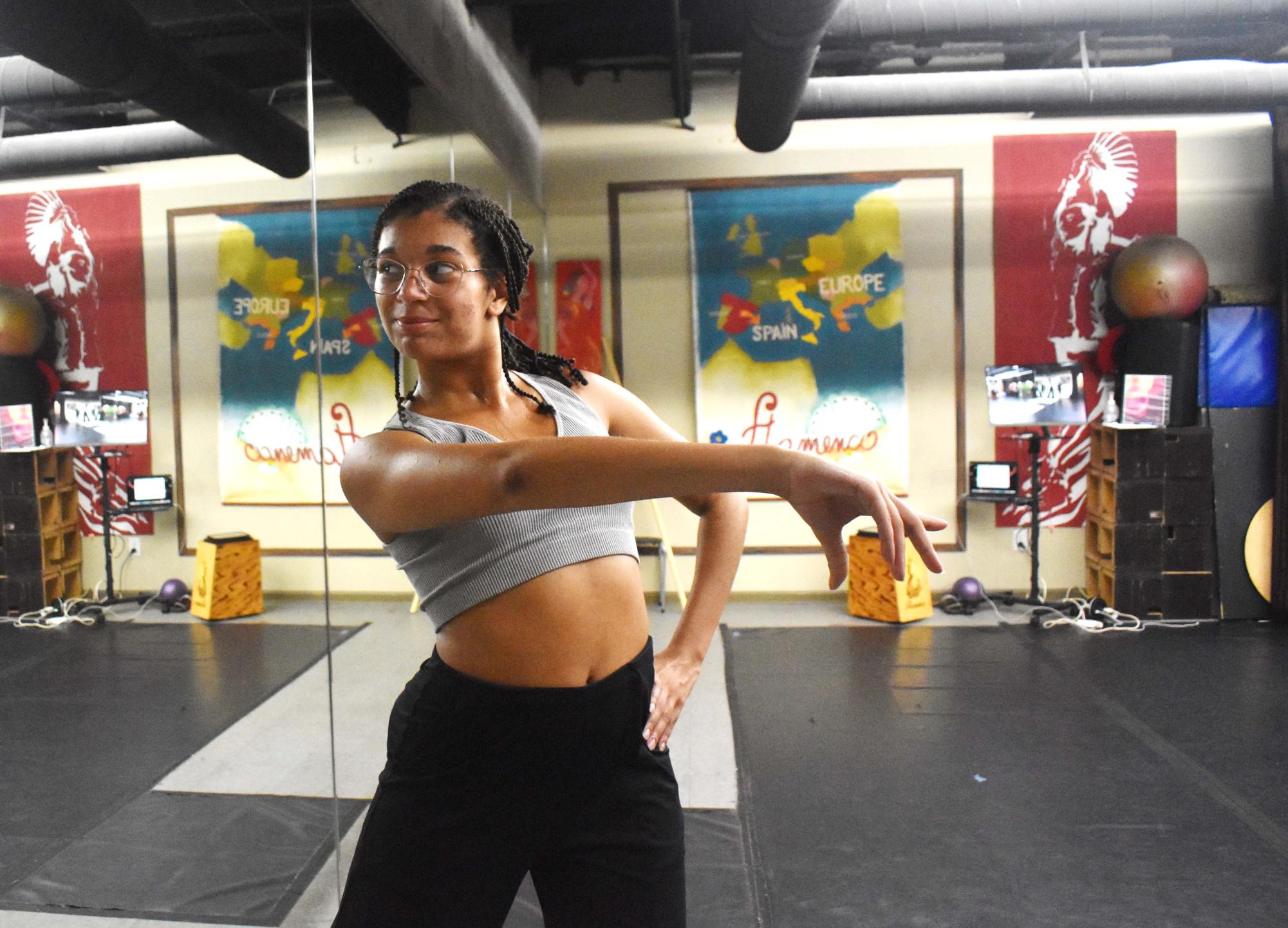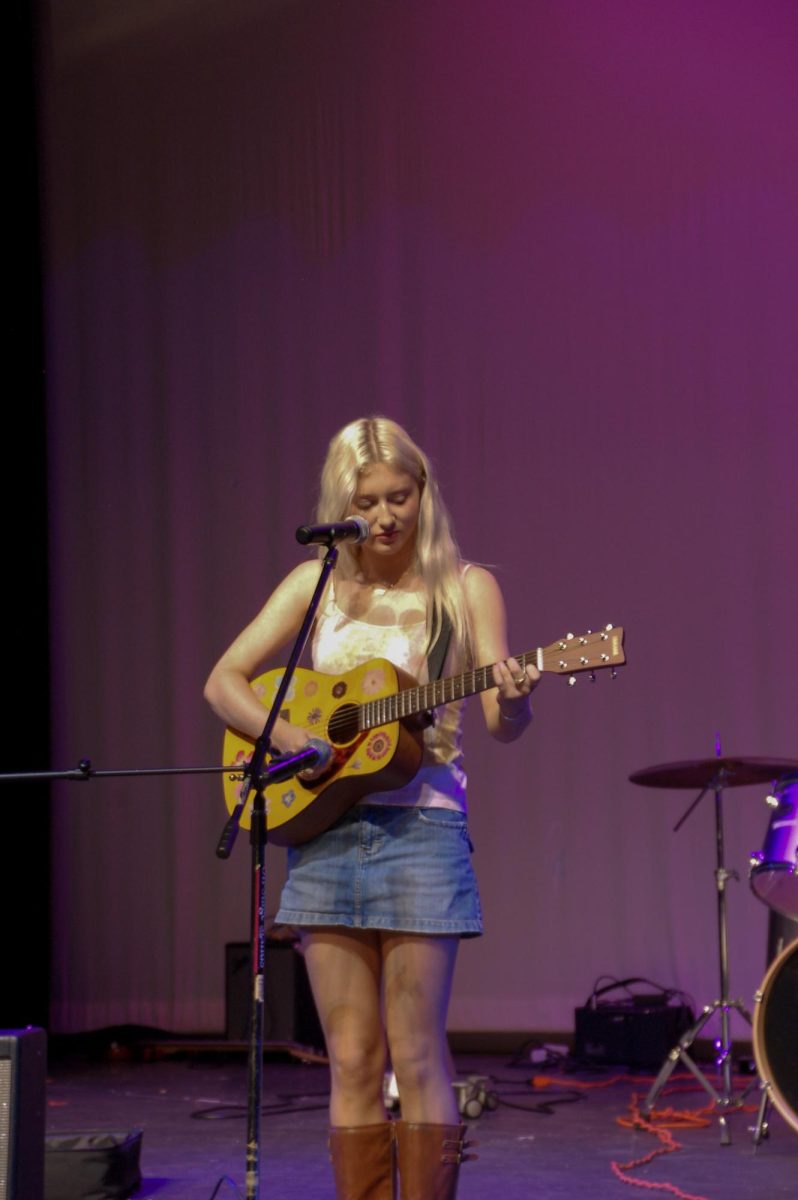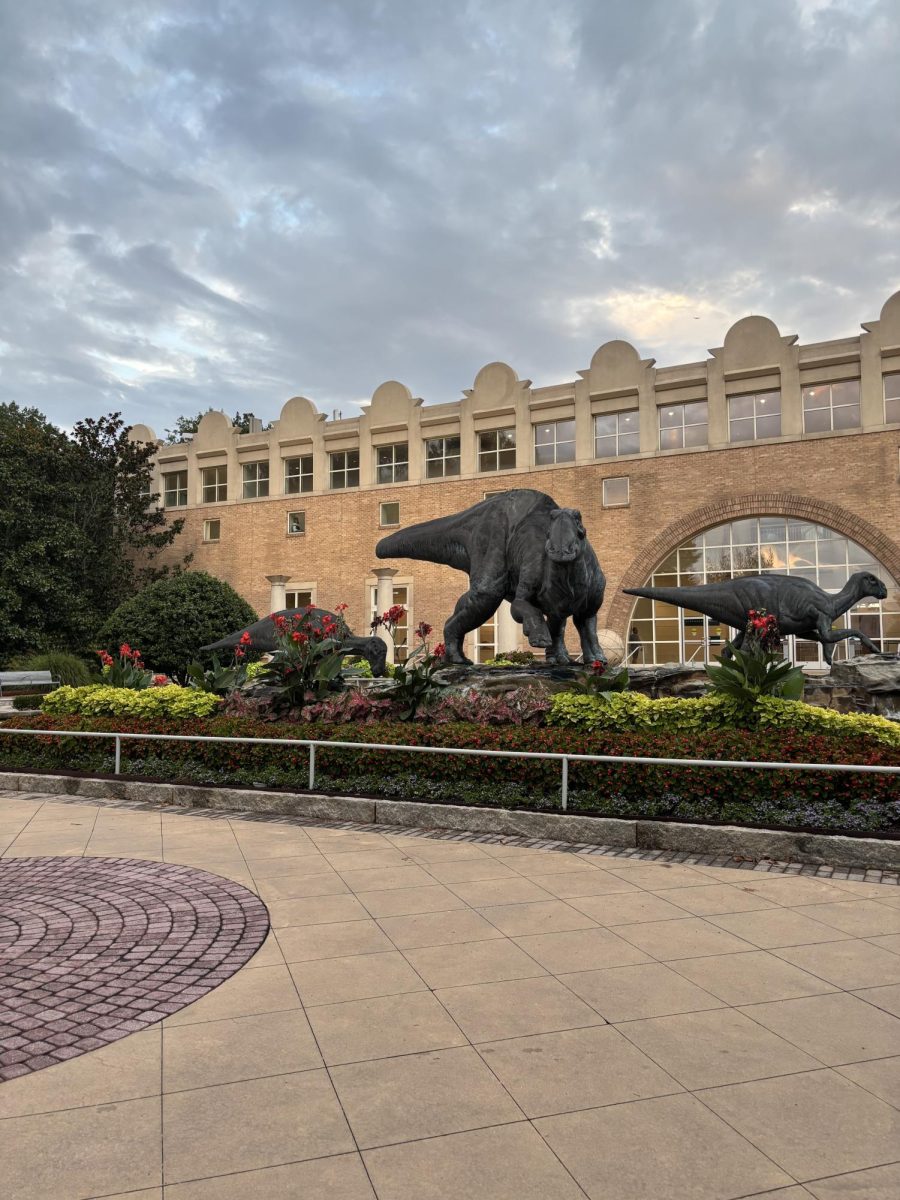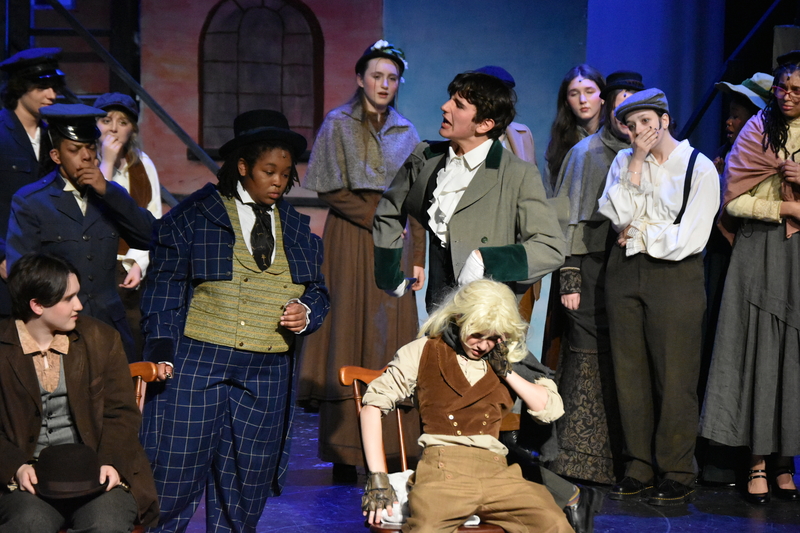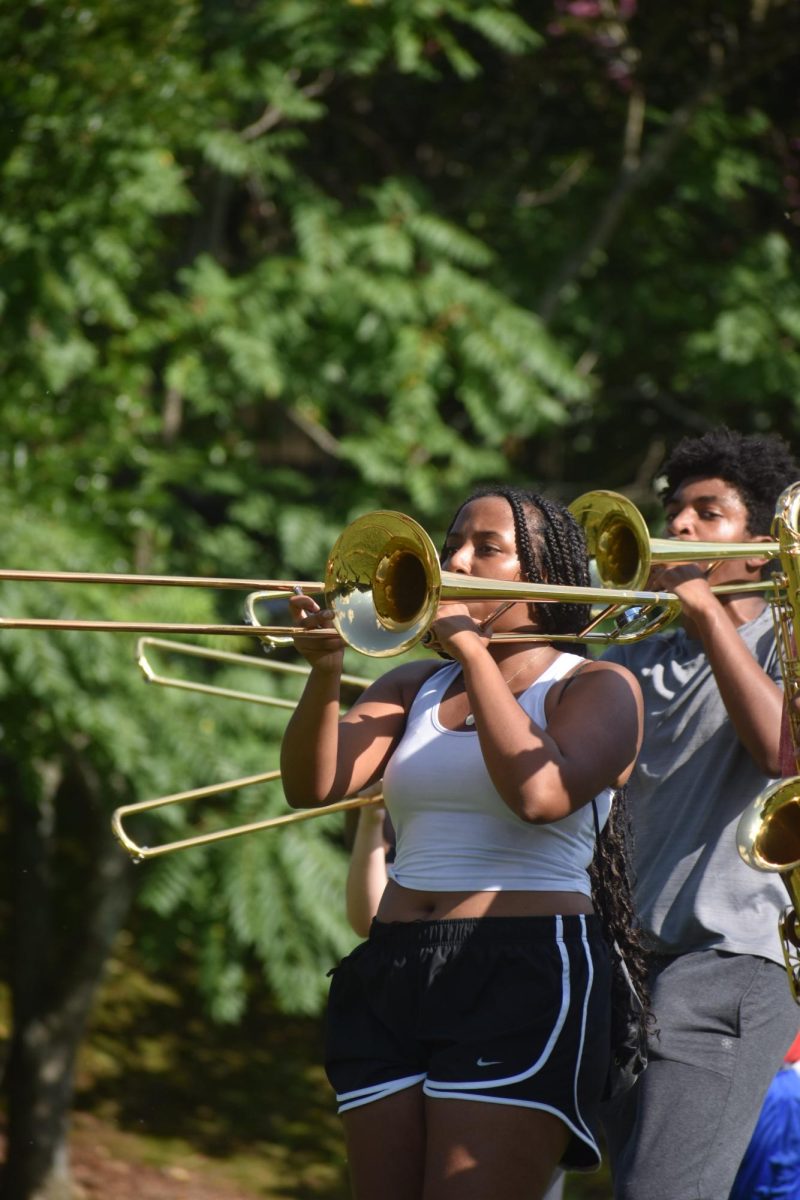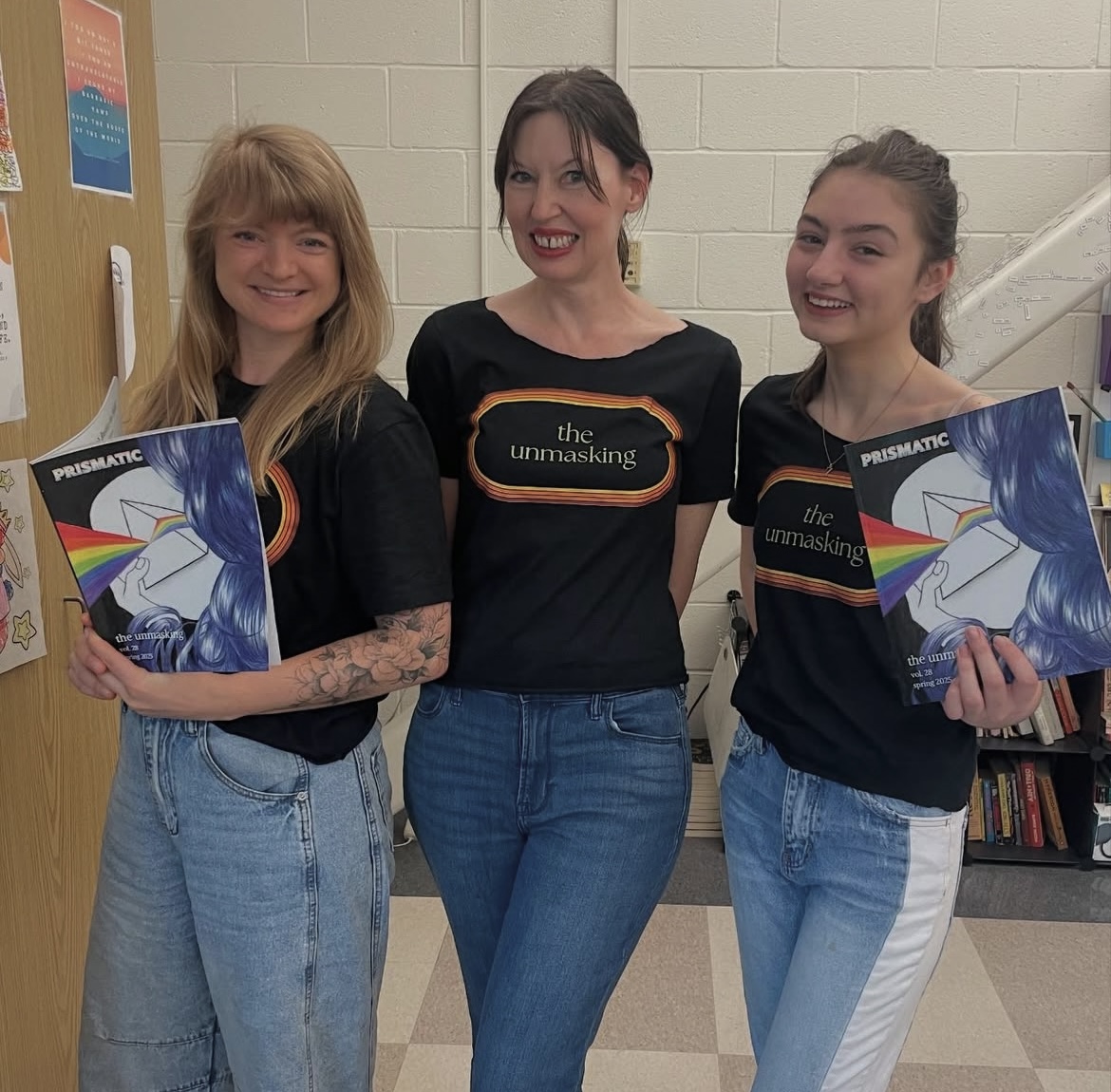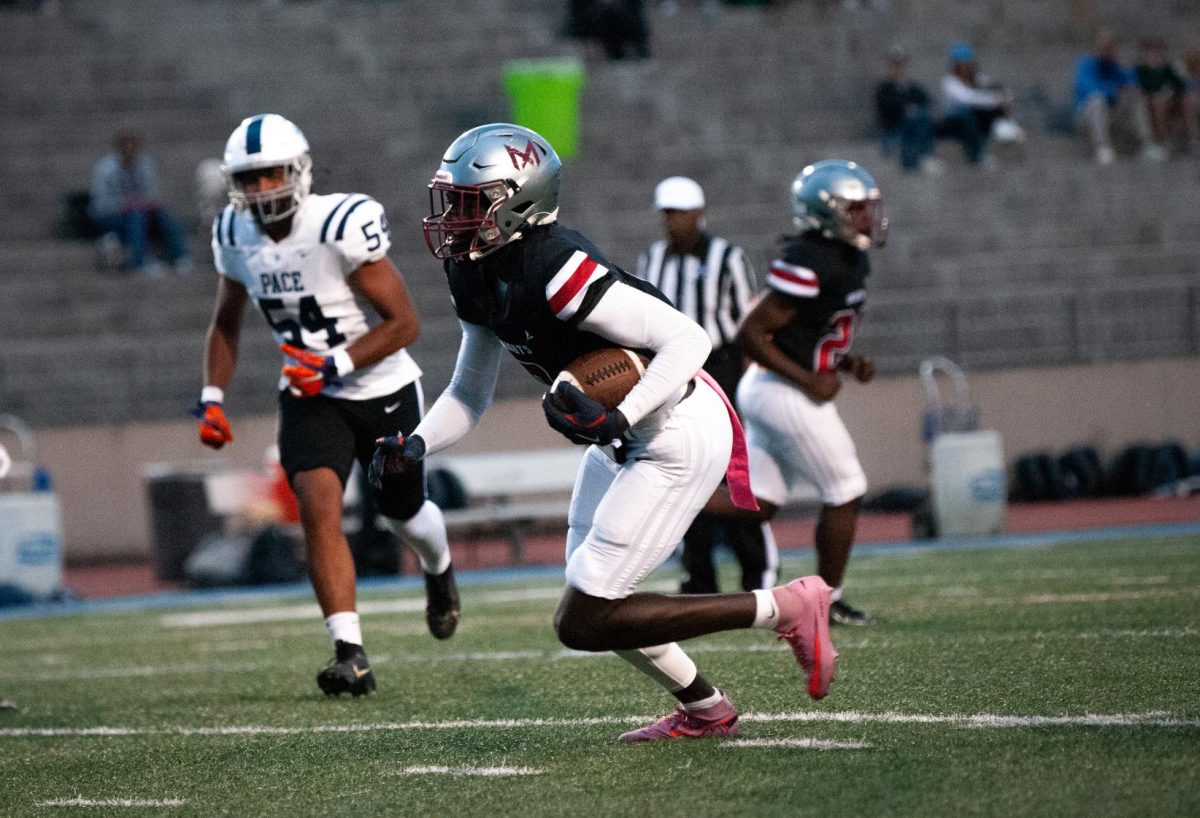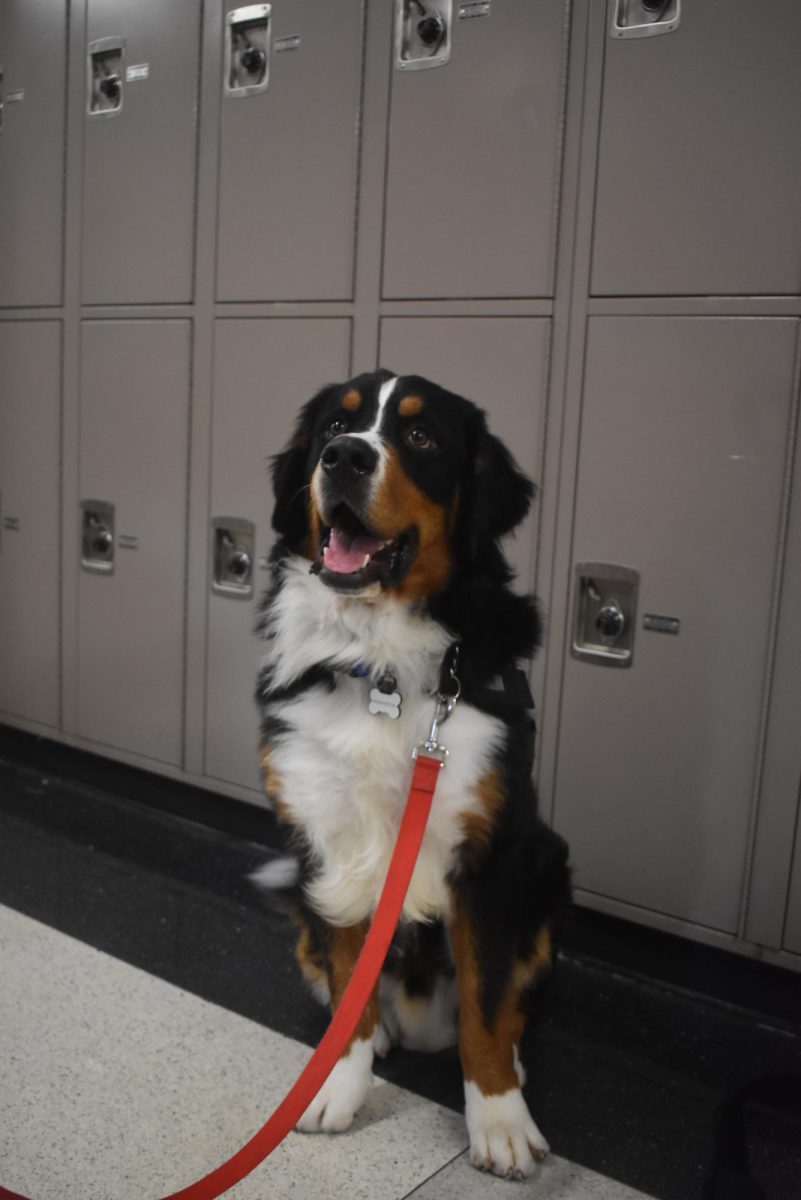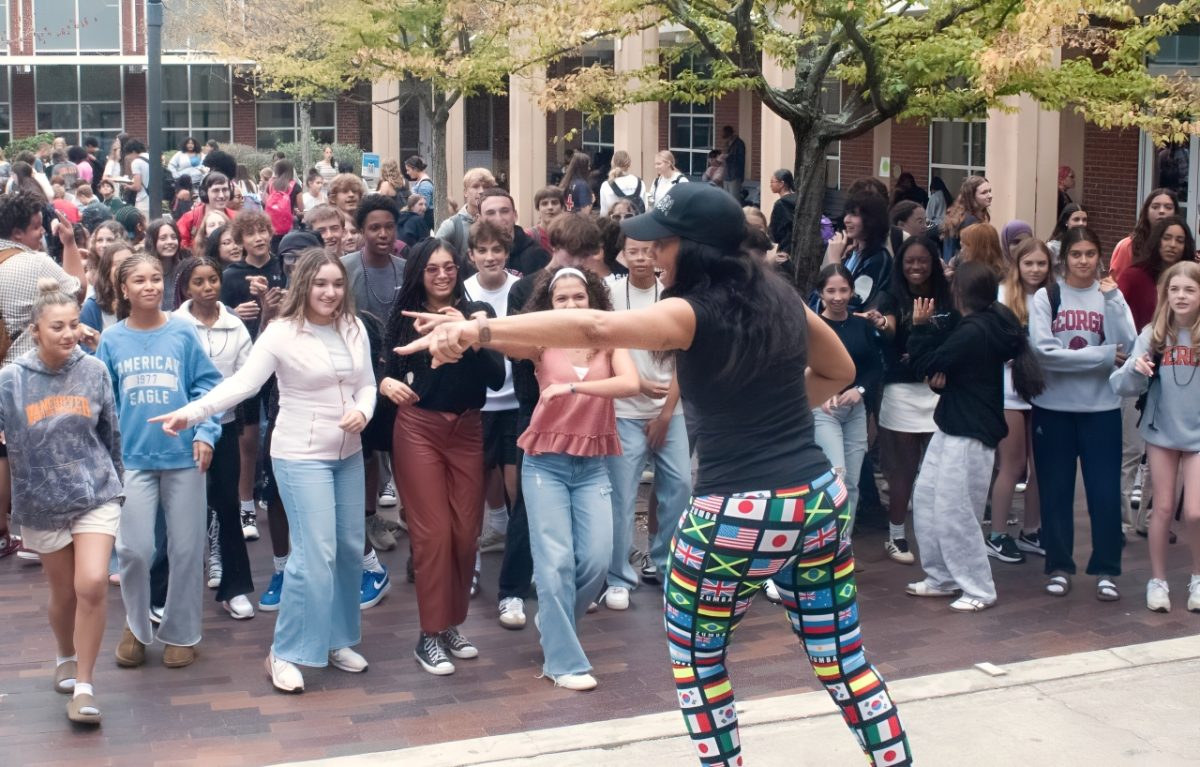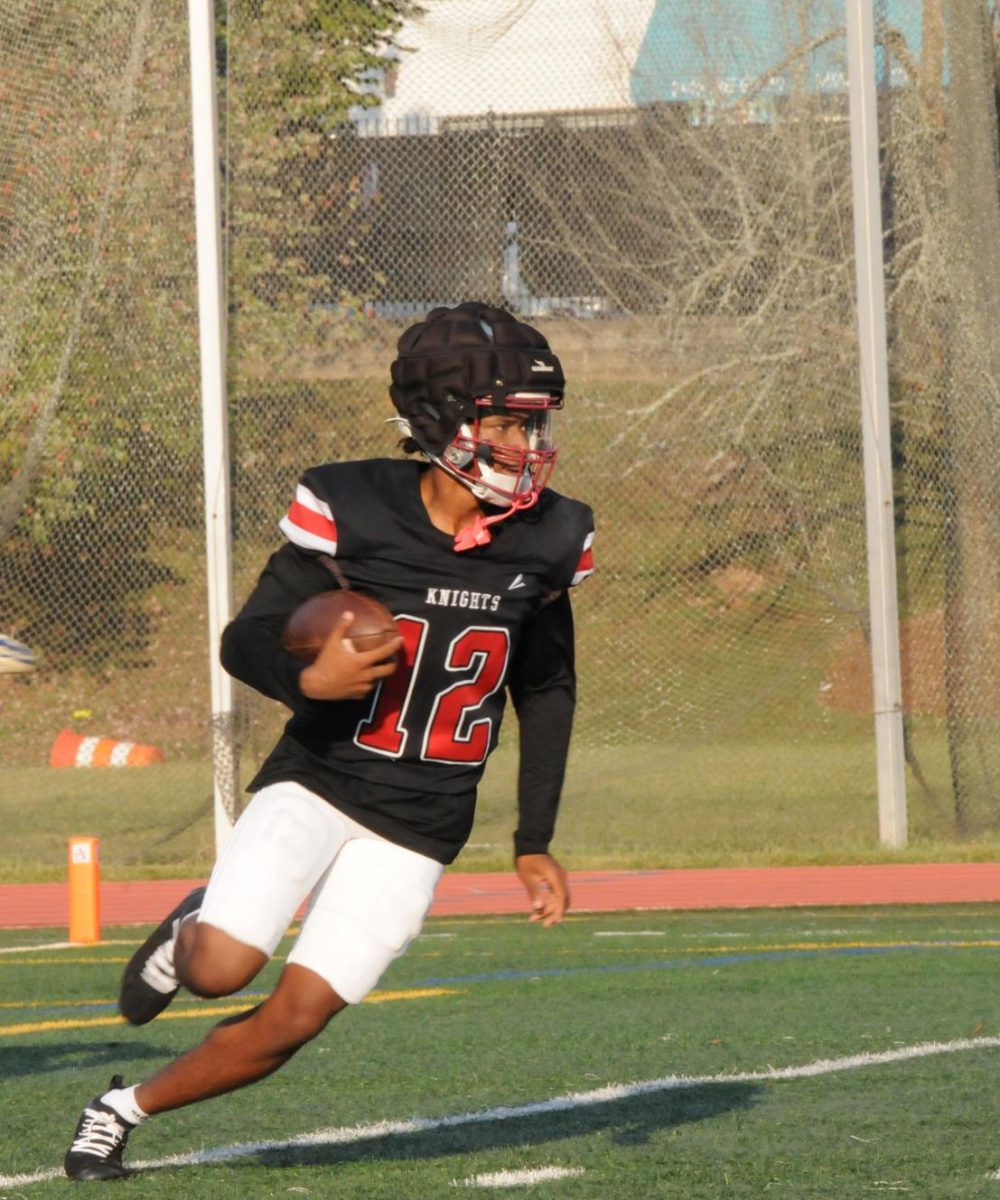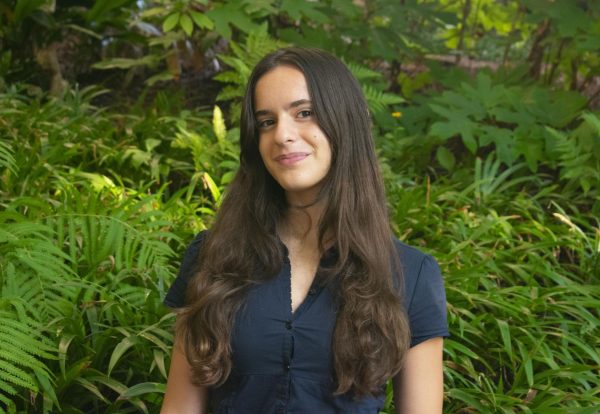In a passion of footwork and feeling, sophomore Camila Belloso-Wilson follows in her mother’s path of becoming a flamenco dancer and aspires to reach Broadway.
Flamenco originated in Southern Spain, and is a fusion between Indian, Spanish and Middle Eastern music.
“When you talk about flamenco, you’re talking about a very broad category of music,” Camila’s mother, Marianela Belloso, said. “It’s almost like saying, ‘I dance American dance,’ so you [get asked], ‘what kind of dance do you do?’ … The same thing happens with flamenco. When you say you dance flamenco, there’s more than 60 different dances.”
Belloso described flamenco dancing as a combination of precise footwork, arm and hand motions, and a display of emotion and personality.
“You learn how to do all of these footwork patterns, so you have to tell somebody, ‘I move my feet like a tap dancer but more stomps, [and] I move my arms like a ballet dancer,” Belloso said. “‘I also move my wrists and hands and, besides that, I also have the tactical part of it, which is the most important part. You have to learn foot work; you have to learn arm position, which is just like in ballet, but eventually, you want to start putting your own personality into it.”
Camila began flamenco dancing at 3 years old. In addition to dancing, she is a flamenco singer.
“[Camila] has always been a singer,” Belloso said. “This girl can sing like nobody [else] because she grew up around flamenco all the time. It was only natural that she was going to start singing flamenco. I said to [her] ‘you should start singing flamenco,’ like ‘let’s do this song; let’s do this other song.’”
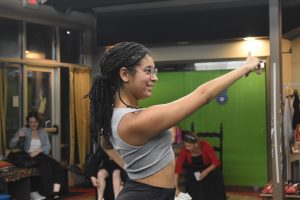
Camila dances at the Calo Gitano Flamenco Academy. The studio is owned by her mother, who is originally from Venezuela and grew up dancing flamenco.
“She never had a good relationship with it [and] sort of grew up hating flamenco,” Camila said. “In her academy, they taught you the choreography [and] not what anything meant … She moved to the states never to dance again, but when she got here a guitarist knew her and asked her to dance. From there she had her first student … She started the academy in her house. She turned the room downstairs into a studio. Then that room was too small, so she had to turn the garage into another studio … Now she has over 100 students in her company.”
Camila has learned other styles, such as tap and ballet, to strengthen her flamenco dancing. At her studio, Camila dances in adult-level classes. She believes consistency and self-awareness are important skills to improve.
“I’m learning and growing every day,” Camila said. “[For singing] I’m mostly self-taught, [I believe] if you are honest and know what you’re supposed to sound like, then you can be your best teacher. The older you get, the better you sound and the more experience you have. You have to formulate and shape that. It goes with dancing … I never knew I was practicing and improving my abilities because it was always fun. You take your ideas and start with something and improve on that, and it turns into something beautiful. You learn at a different pace and different level, and you kind of have to learn from that and accept that.”
Camila’s friend and fellow company dancer, sophomore Isabella Dimillo, said Camila is disciplined and dedicated to flamenco dancing.
“Camila is a good dancer because she has really strong skills and knows how to stay in control of her movements,” Dimillo said. “She also understands the music and moves in a way that fits the rhythm. It’s clear she knows what she’s doing, not just memorizing steps. I have been dancing at the same dance academy as her for 11 years, and she’s still the best dancer I’ve seen.”
Camila believes flamenco can be used as a tool of self-expression, and way to communicate messages and emotions.
“You can convey any emotion with it,” Camila said. “It doesn’t matter if you don’t understand what they are saying [if] you feel it; that is the beauty of it. People have come up to me after shows and have been like, ‘I don’t understand, but I felt every word or every movement.’”
Dimillo said Camila fully immerses herself into flamenco dancing.
“My favorite part is how much emotion she shows when she dances,” Dimillo said. “You can see the feelings in her facial expressions and body, especially the footwork, and her energy makes it exciting to watch.”
Camila attributes her success to having a growth mentality and open mindset. She believes these skills help her advance and learn from peers.
“At first when you start, you have a rough draft, and as you keep going you keep adding to your essay and adding more and more details,” Camila said. “Someone else will pick up your essay and say this is a great piece of work and pick up from that.”
Camila described flamenco as community-oriented, and said she enjoys receiving feedback from others.
“One thing that has stuck with me is when I got off a show at the end and someone said, ‘you are as beautiful as your voice,’” Camila said. “I feel like I’m kind of untouchable, like I’m in my wheelhouse and in my place, like it was what I am meant to do.”
Belloso recognizes Camila’s growth as a singer and dancer, and said her passion has helped guide her forward.
“It gives me goosebumps, like it really does … ” Belloso said. “It’s a feeling that comes only if you are a mom … [Camila’s] talent is really talented. She’s very kind. She’s sweet and cares about people. She’s that kind of person that doesn’t care about what you have or you don’t have. She is not pretentious in any way; she just loves you being you.”


